Plant news, features and articles
Latest about Plants
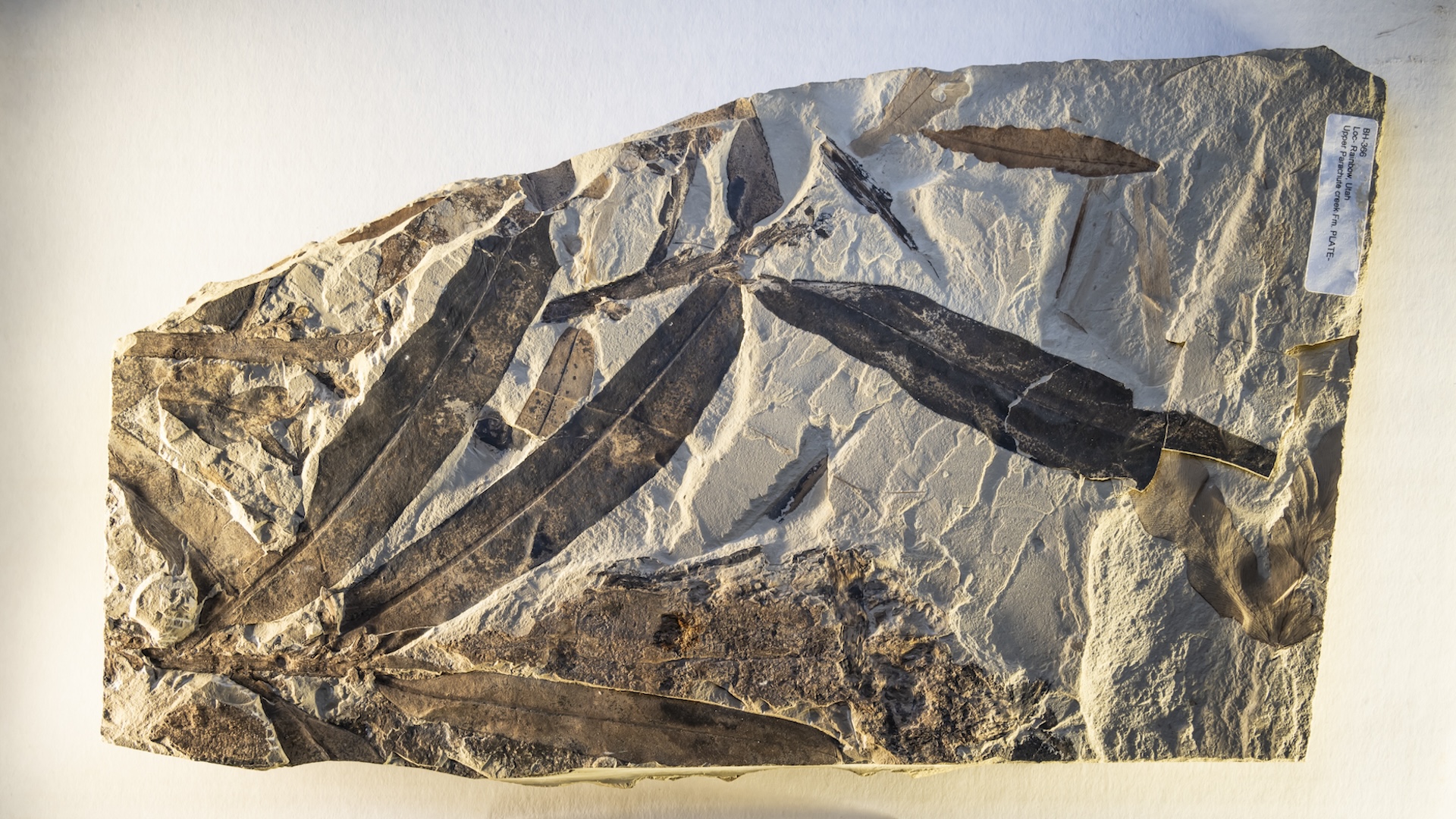
'Alien plant' fossil discovered near Utah ghost town doesn't belong to any known plant families, living or extinct
By Olivia Ferrari published
Fossilized plant remains discovered near a Utah ghost town have stumped scientists, who are unable to link them to any modern or extinct plants.
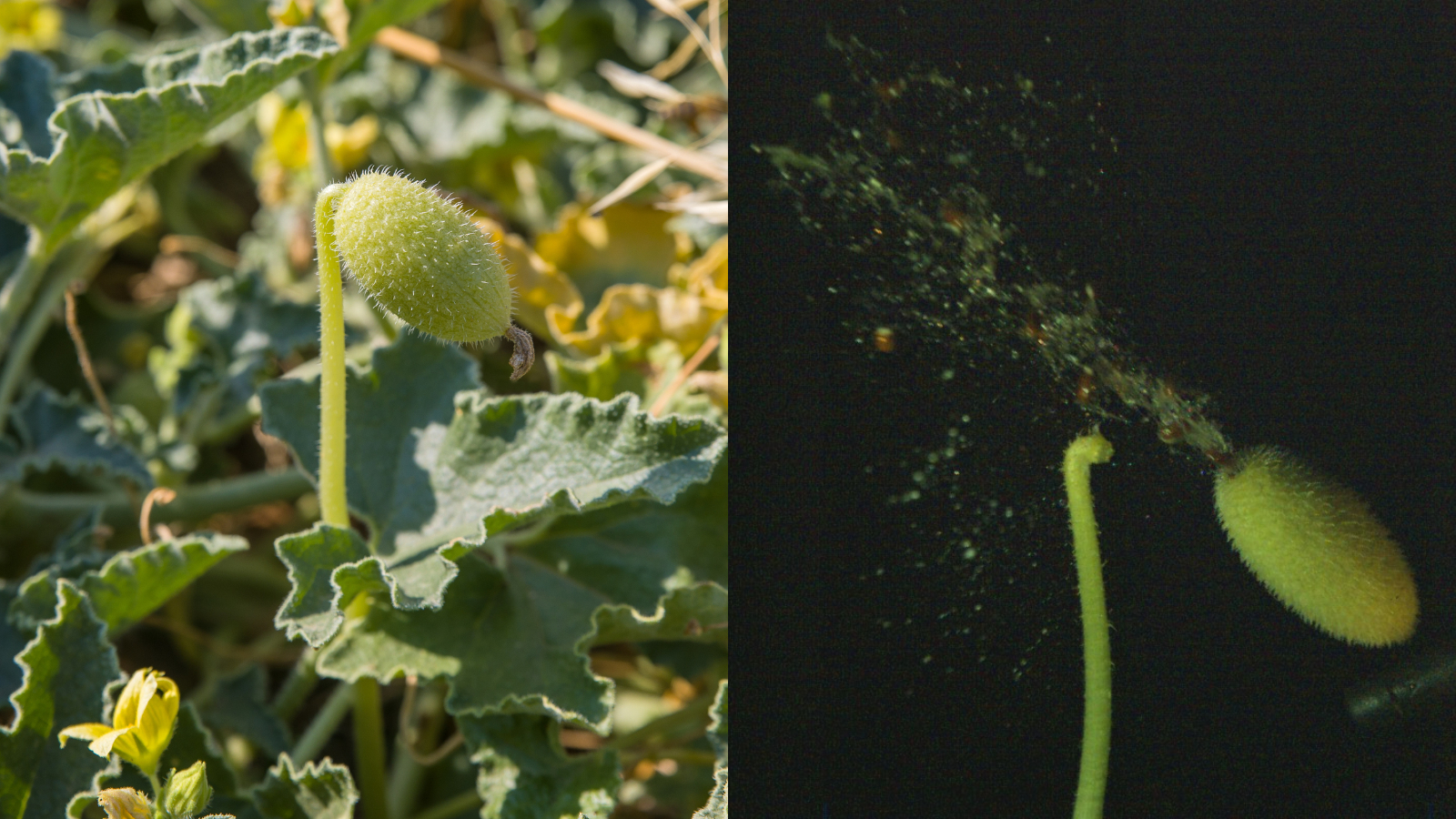
Squirting cucumbers thicken and stiffen to eject seeds with 'remarkable speed and precision,' study finds
By Sascha Pare published
Squirting cucumbers shoot their seeds up to 33 feet (10 m) away from the mother plant to avoid overcrowding and competition, but exactly how they do it has long remained a mystery.
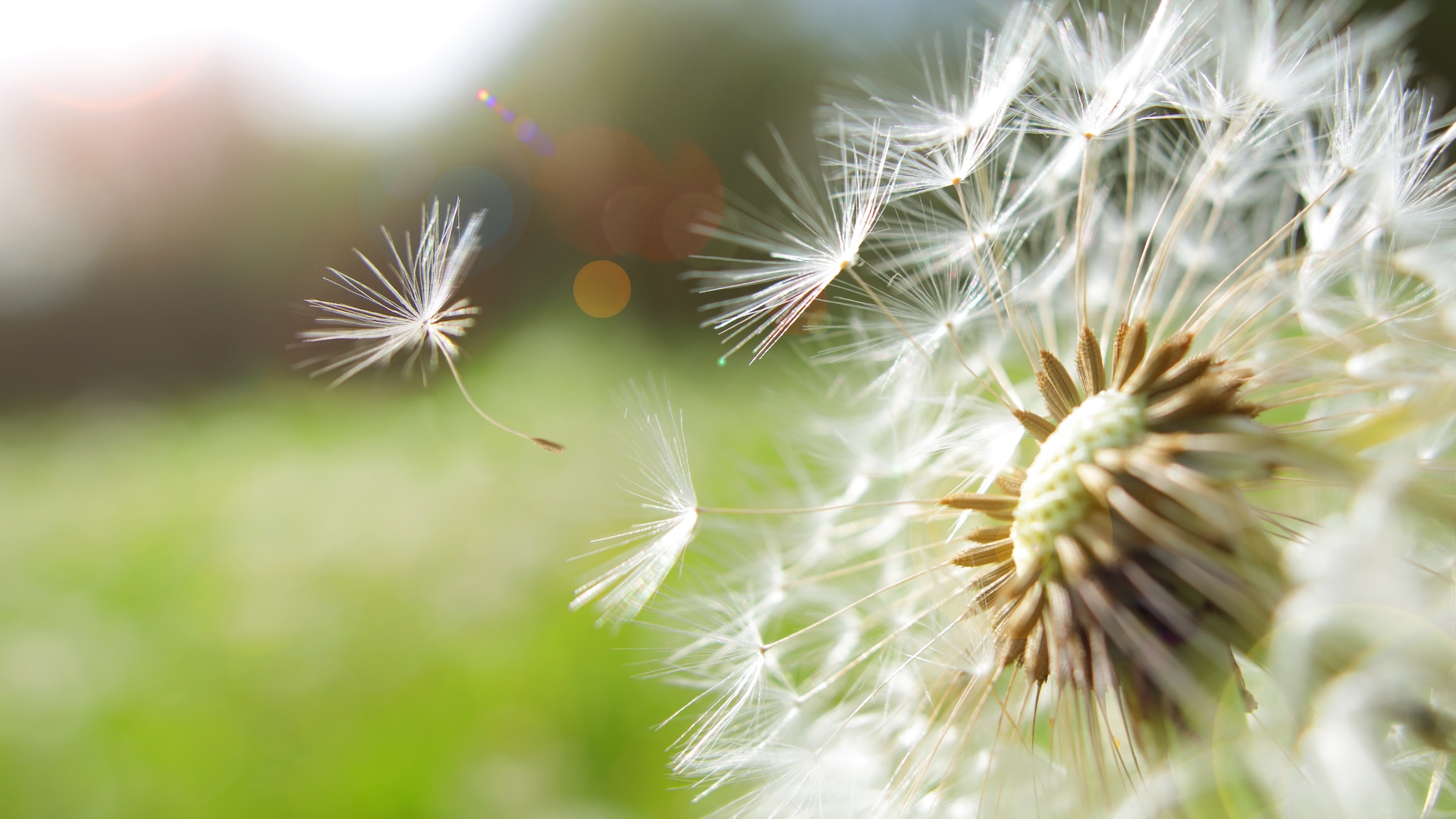
Where did the 1st seeds come from?
By Patrick Pester published
From delicate dandelions to mighty oak trees, millions of plants use seeds to reproduce. But where did the first seeds come from?
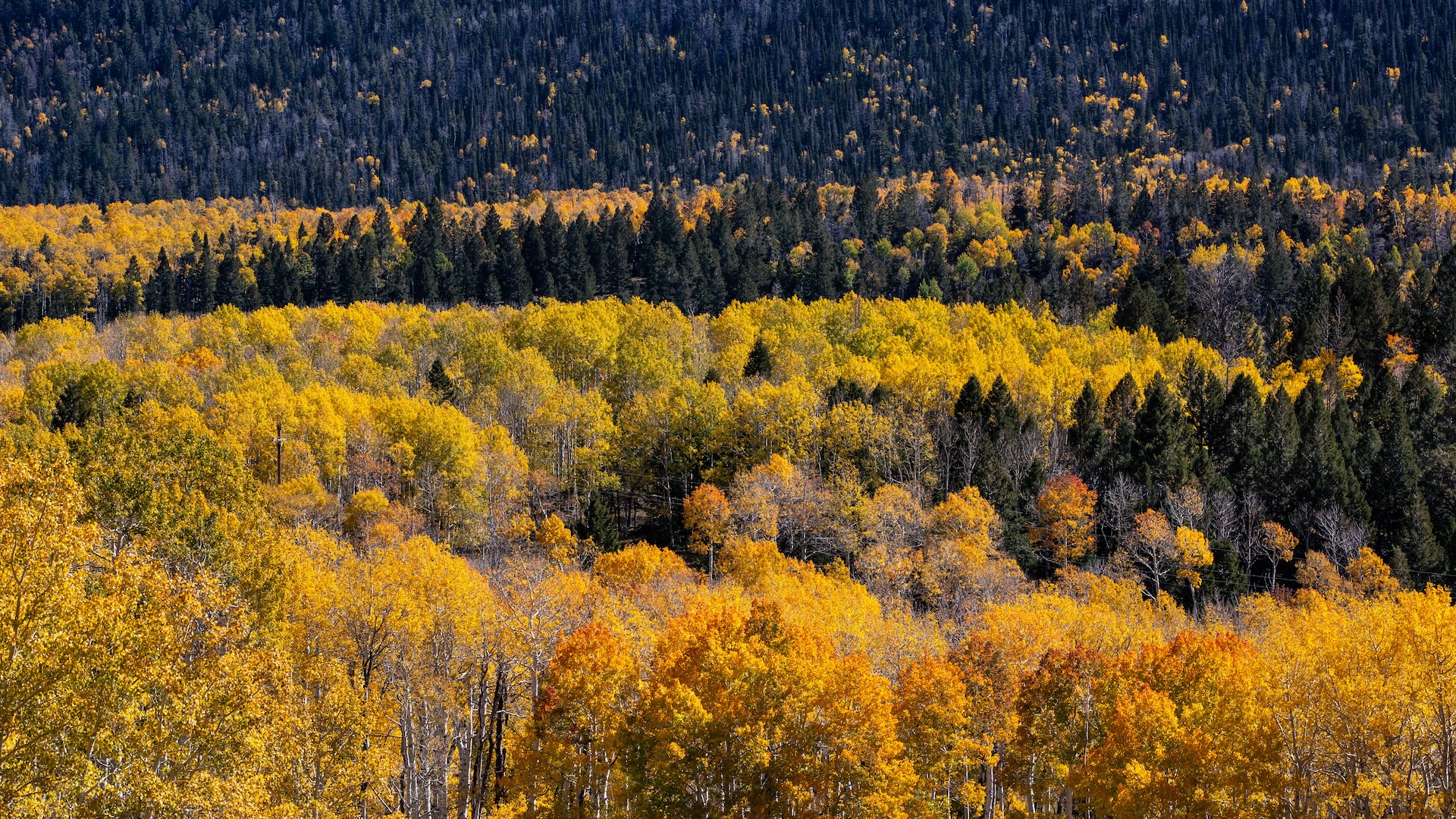
Pando, the world's largest organism, may have been growing nonstop since the 1st humans left Africa, study suggests
By Stephanie Pappas published
The clonal quaking aspen known as Pando is between 16,000 and 80,000 years old.
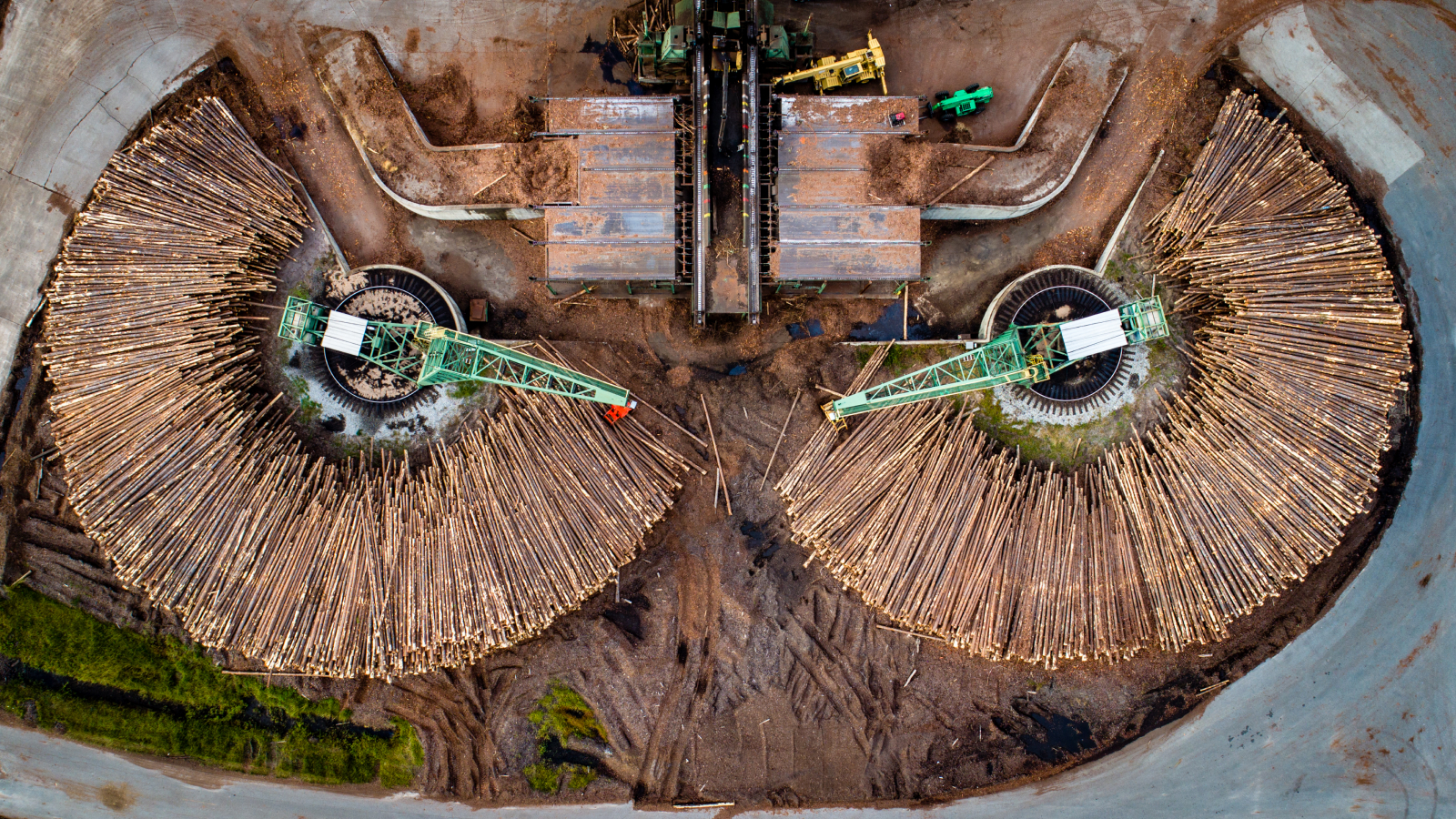
How is paper made from trees?
By Olivia Ferrari published
Plant-based paper has been used for thousands of years, but exactly how is it created from trees?

Pando: The world's largest tree and heaviest living organism
By Sascha Pare published
Pando is a giant aspen clone in central Utah that has been regrowing parts of itself for up to 80,000 years — but new threats mean the plant is now in decline.
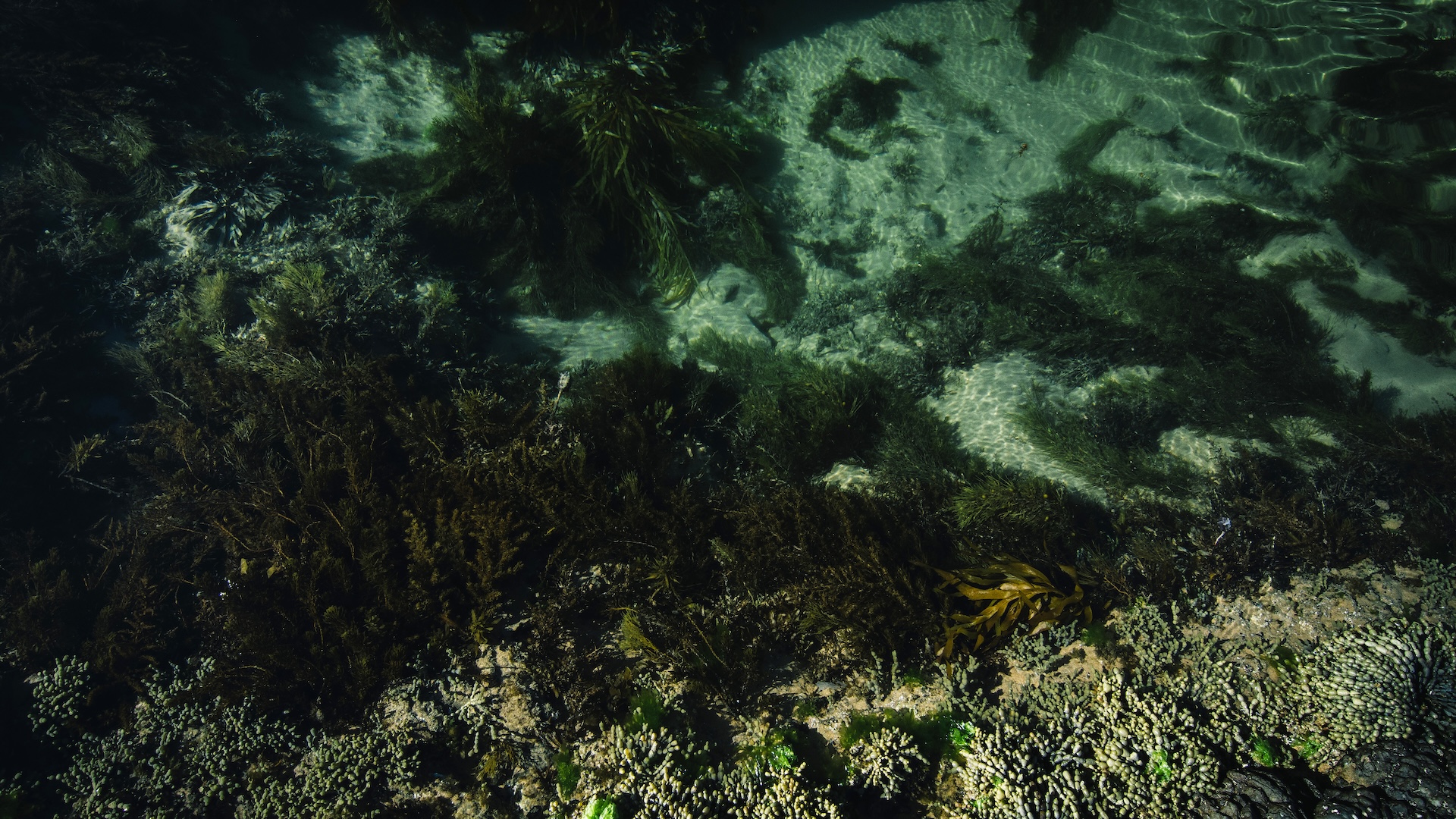
Deep below the Arctic Ocean, some plants have adapted to photosynthesize in almost near darkness
By Sven Batke published
Plants found to photosynthesize 160 feet beneath the surface of the Arctic Ocean offer tantalizing prospects for the future.
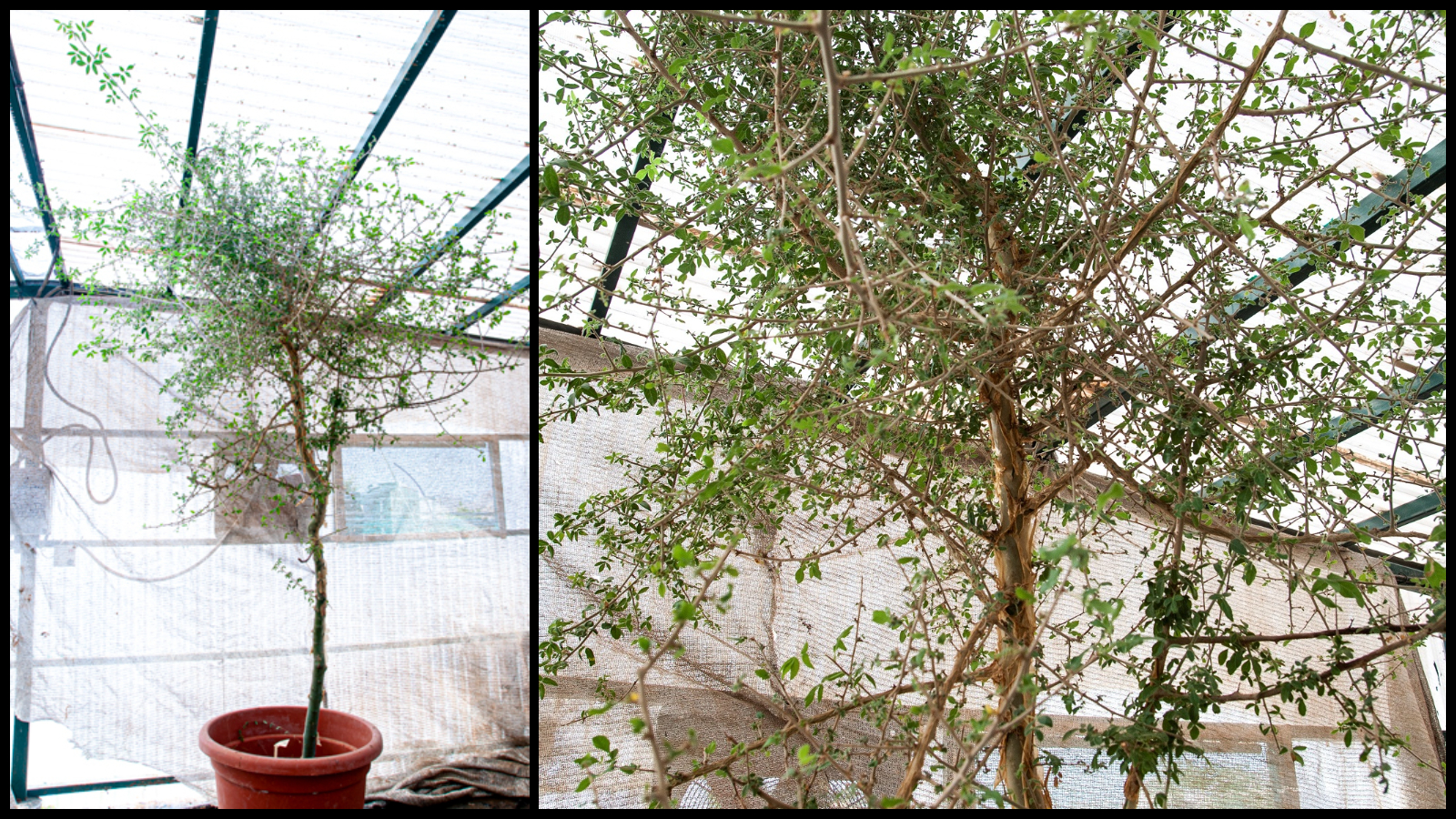
Lost biblical tree resurrected from 1,000-year-old mystery seed found in the Judaean Desert
By Sascha Pare published
Scientists have grown an ancient seed from a cave in the Judaean Desert into a tree — and it could belong to a locally-extinct species with medicinal properties mentioned several times in the Bible.
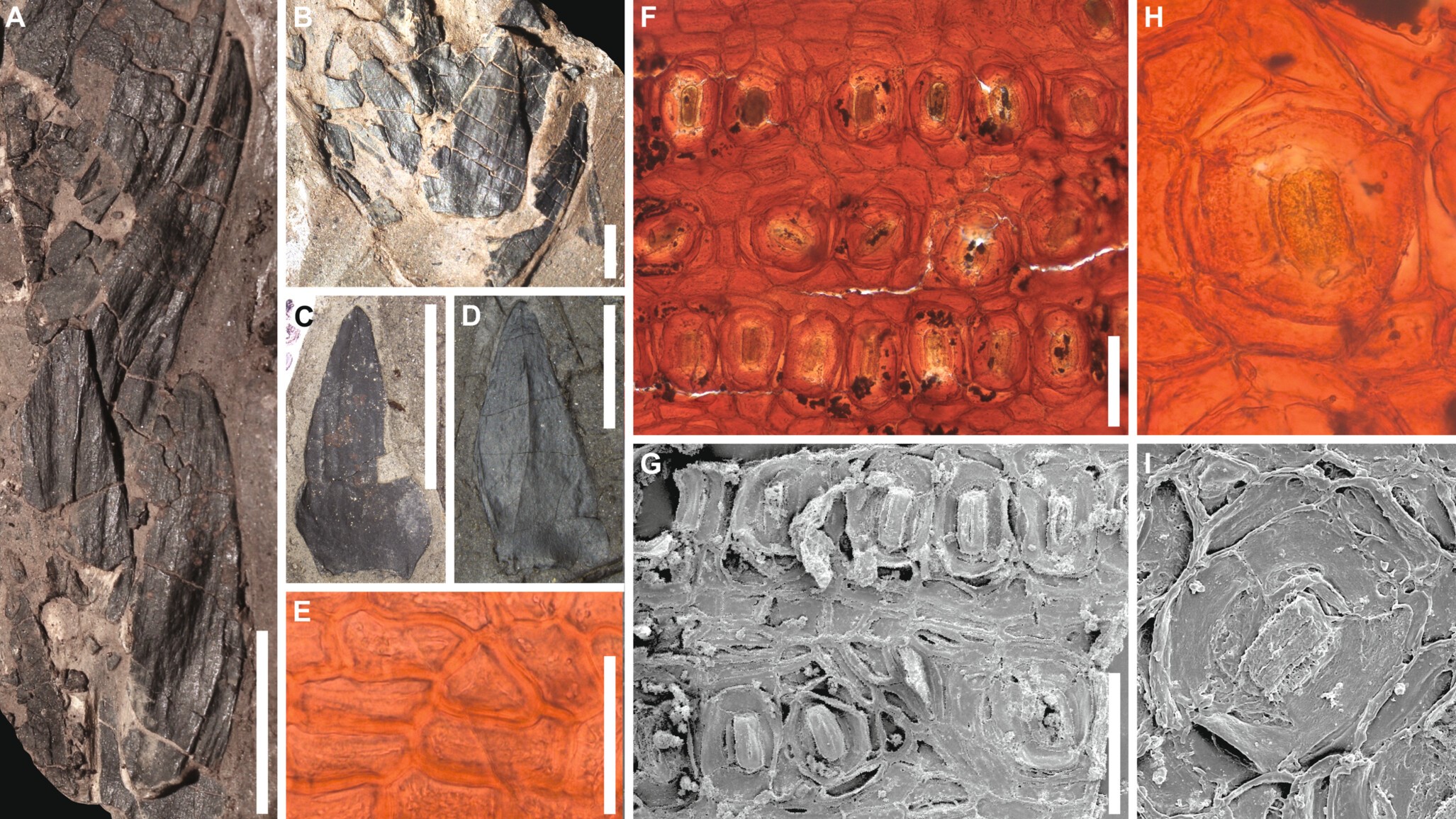
Fossils from lush 53 million-year-old South Pole rainforest discovered in Tasmania
By Sascha Pare published
Researchers have identified 12 ancestral plant species from an early Eocene fossil assemblage in Tasmania that once formed part of a giant, circumpolar forest.
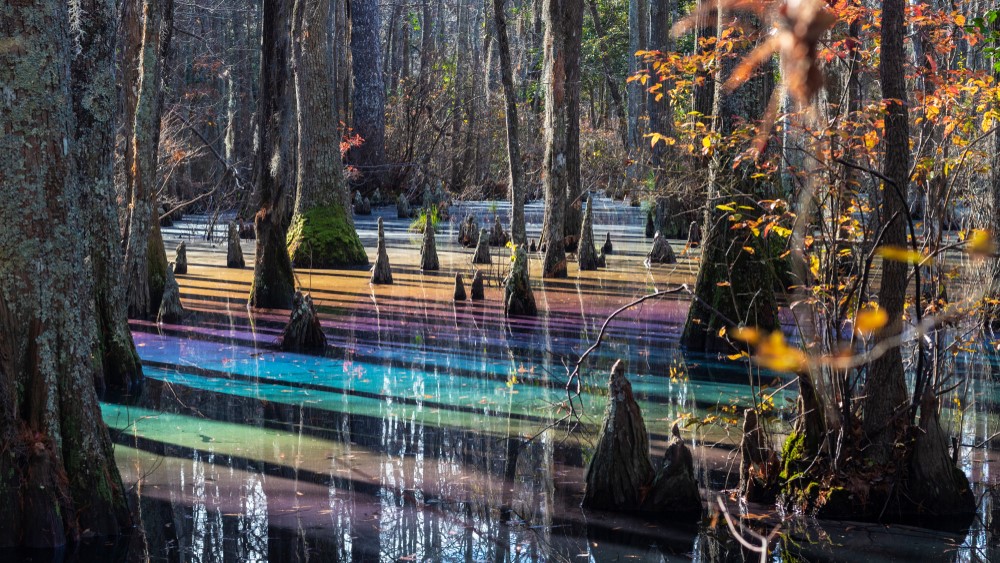
Rainbow swamp: The flooded forest in Virginia that puts on a magical light show every winter
By Sascha Pare published
Every winter, when sunlight hits at the right angle, visitors to Virginia's First Landing State Park are treated to a mesmerizing rainbow light show courtesy of the park's bald cypress swamp.
Get the world’s most fascinating discoveries delivered straight to your inbox.
